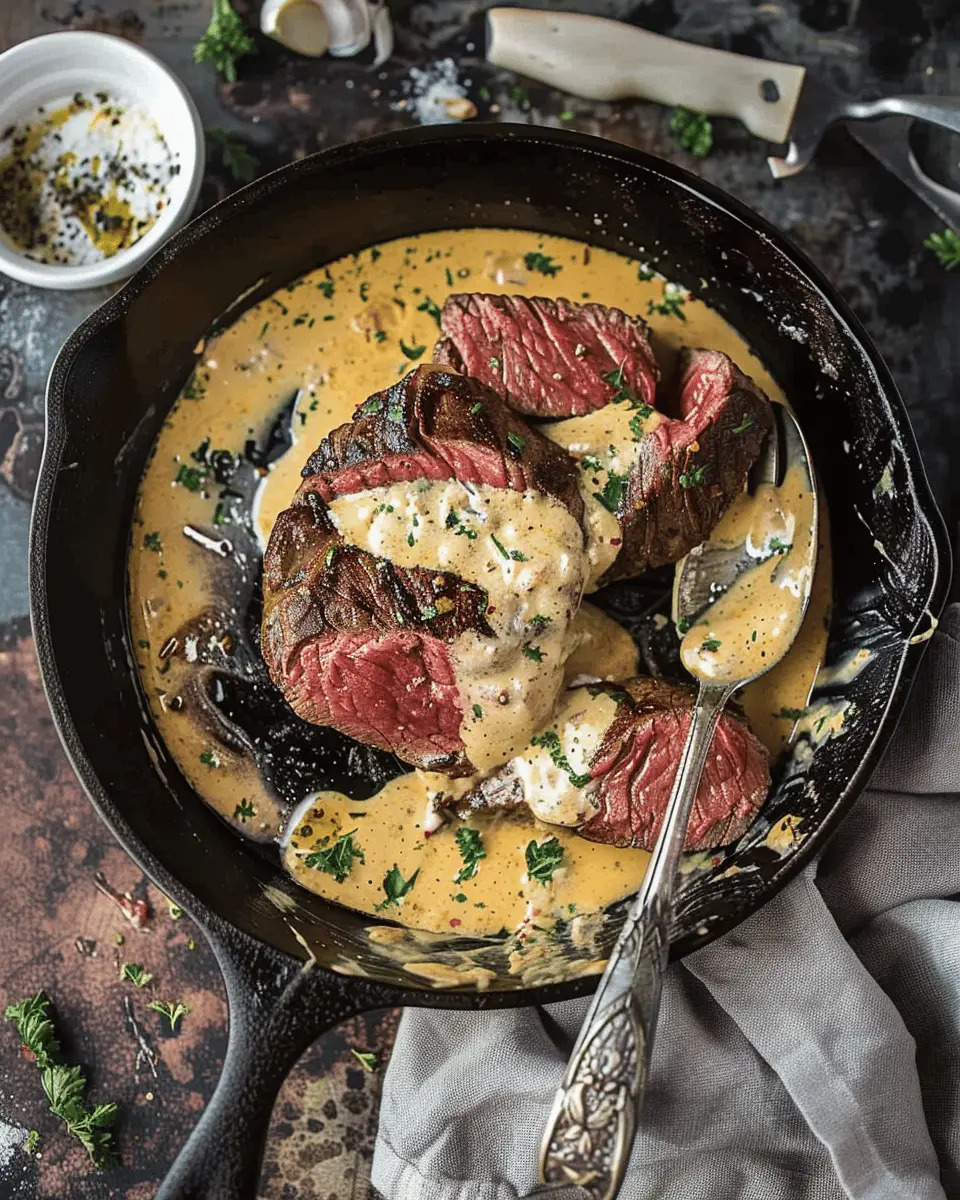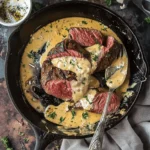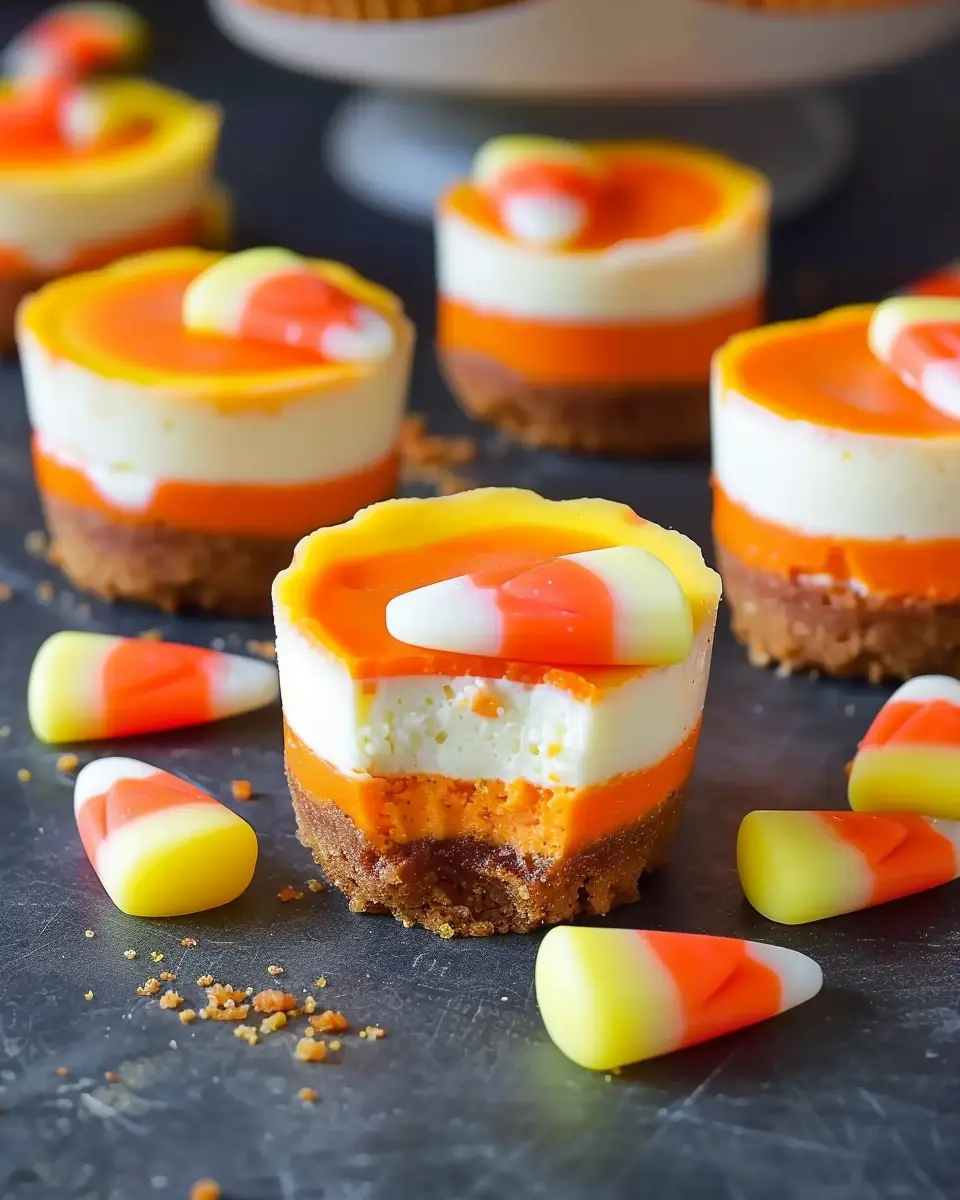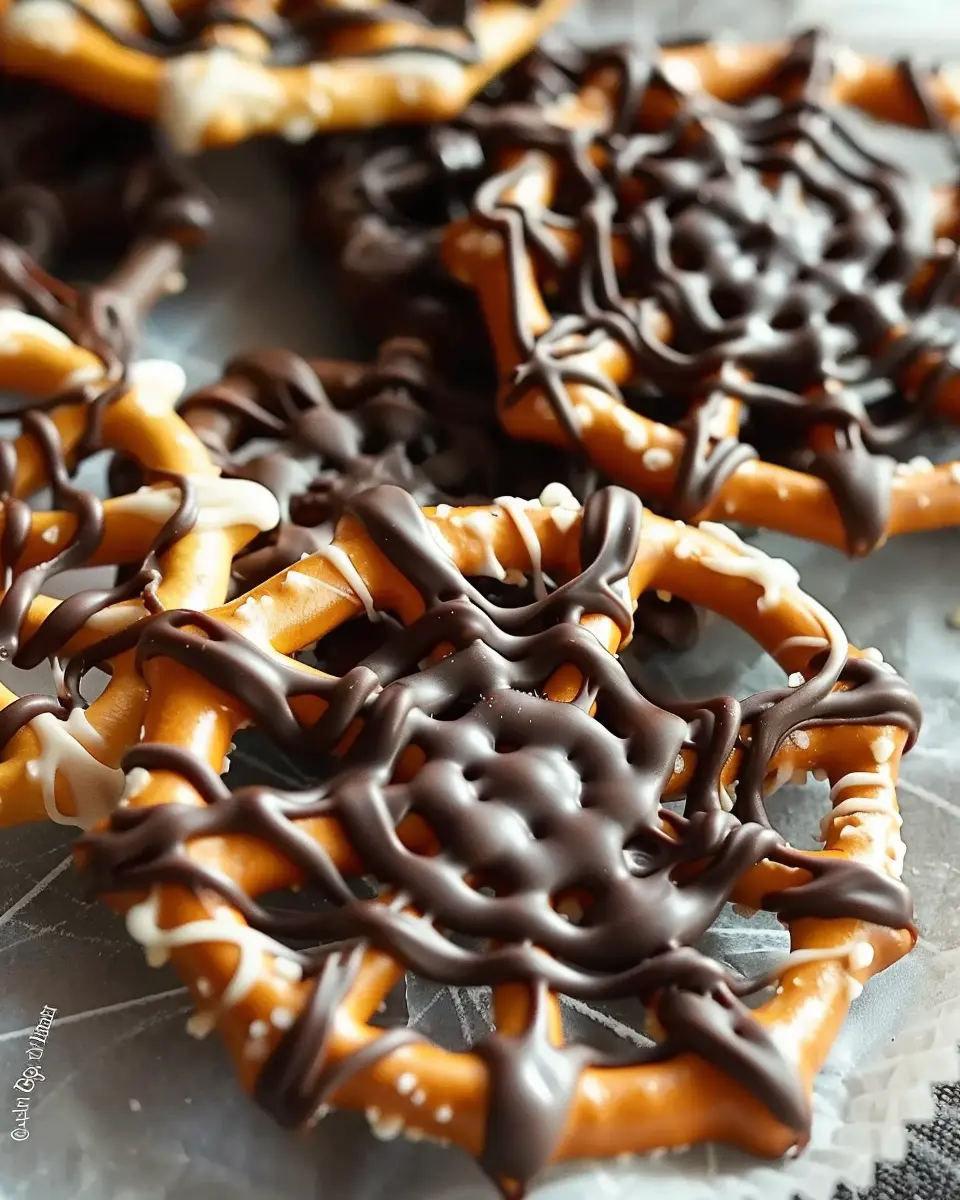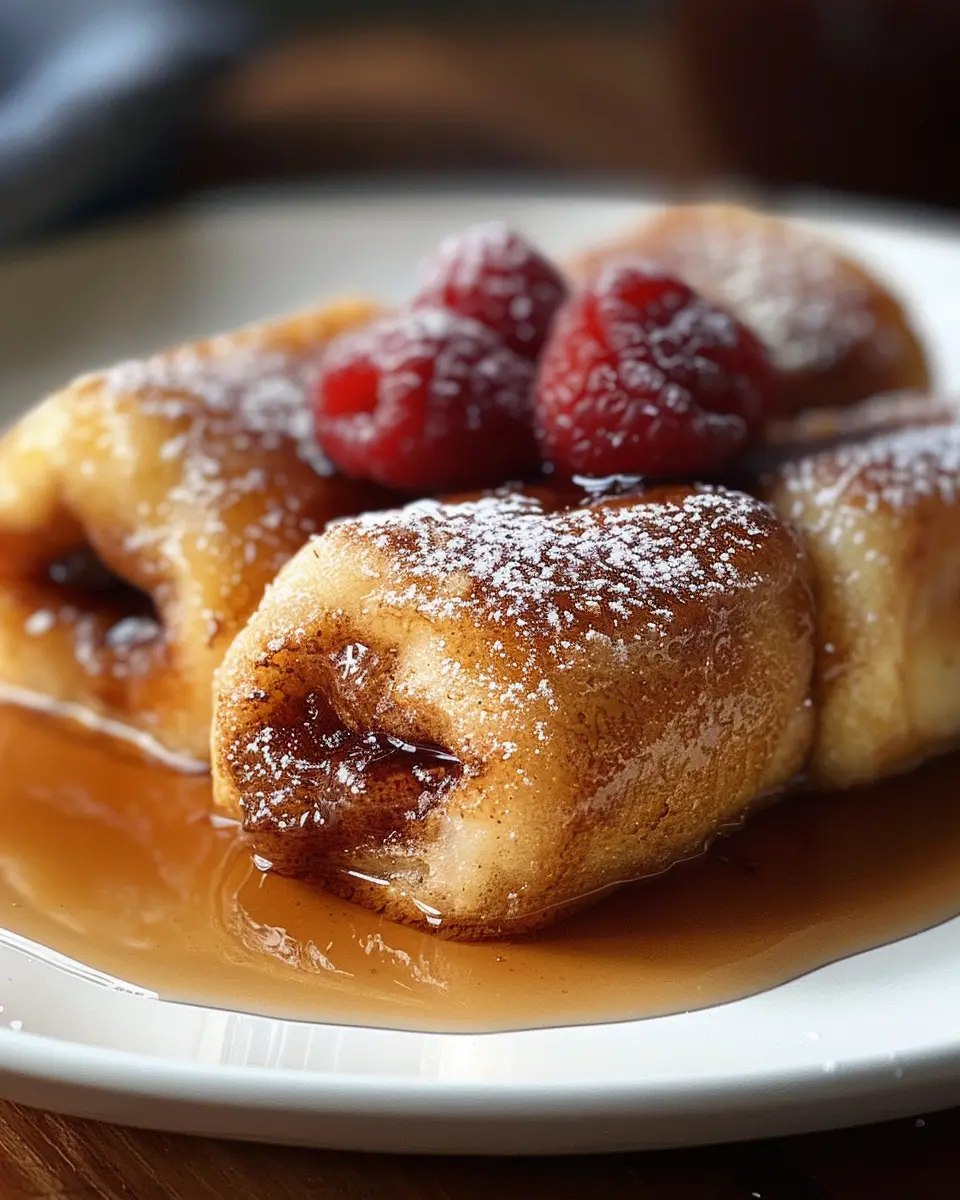Introduction to Cast Iron Bavette Steak
When it comes to a delicious, satisfying dinner that doesn’t eat up your entire evening, Cast Iron Bavette Steak is a game changer. This cut of meat is not just delectable; it’s also a brilliant choice for young professionals navigating the hustle and bustle of daily life. Why? Let’s dive into what makes bavette steak a fantastic option for your dinner table.
Why Bavette Steak is the Perfect Cut for Young Professionals
First off, bavette steak is often overlooked in favor of more popular cuts like ribeye or tenderloin. However, this secret weapon is actually a flavorful and affordable choice that speaks to the wants and needs of busy individuals like you. Here’s why:
-
Flavorful and Juicy: Bavette steak, coming from the flank, has a rich, beefy flavor. When cooked properly, it remains incredibly juicy, making every bite a pleasure.
-
Quick Cooking Time: With a thinner profile than many other steaks, bavette cooks quickly—often ready in less than 10 minutes! This means you can whip up a delightful dish even on those hectic weeknights.
-
Versatility: Whether you want to grill, broil, or fry, this cut adapts beautifully, making it perfect for various cooking methods. Check out this resource for insights on different cooking techniques that work well.
-
Affordability: Budget-conscious young professionals will appreciate that bavette is typically less expensive than other cuts. This allows you to enjoy gourmet flavors without breaking the bank.
Many chefs will tell you that the best meals come from selecting the right ingredients—and bavette steak is an ideal choice. If you’re a steak lover, curious about cooking techniques, or someone who enjoys impressing friends with your culinary skills, this cut deserves a spot in your dinner rotation.
So, as you prepare to create the Cast Iron Bavette Steak with Whiskey Garlic Cream Sauce, remember that you’re not just cooking dinner; you’re elevating your culinary game. And, who wouldn’t want to do that?
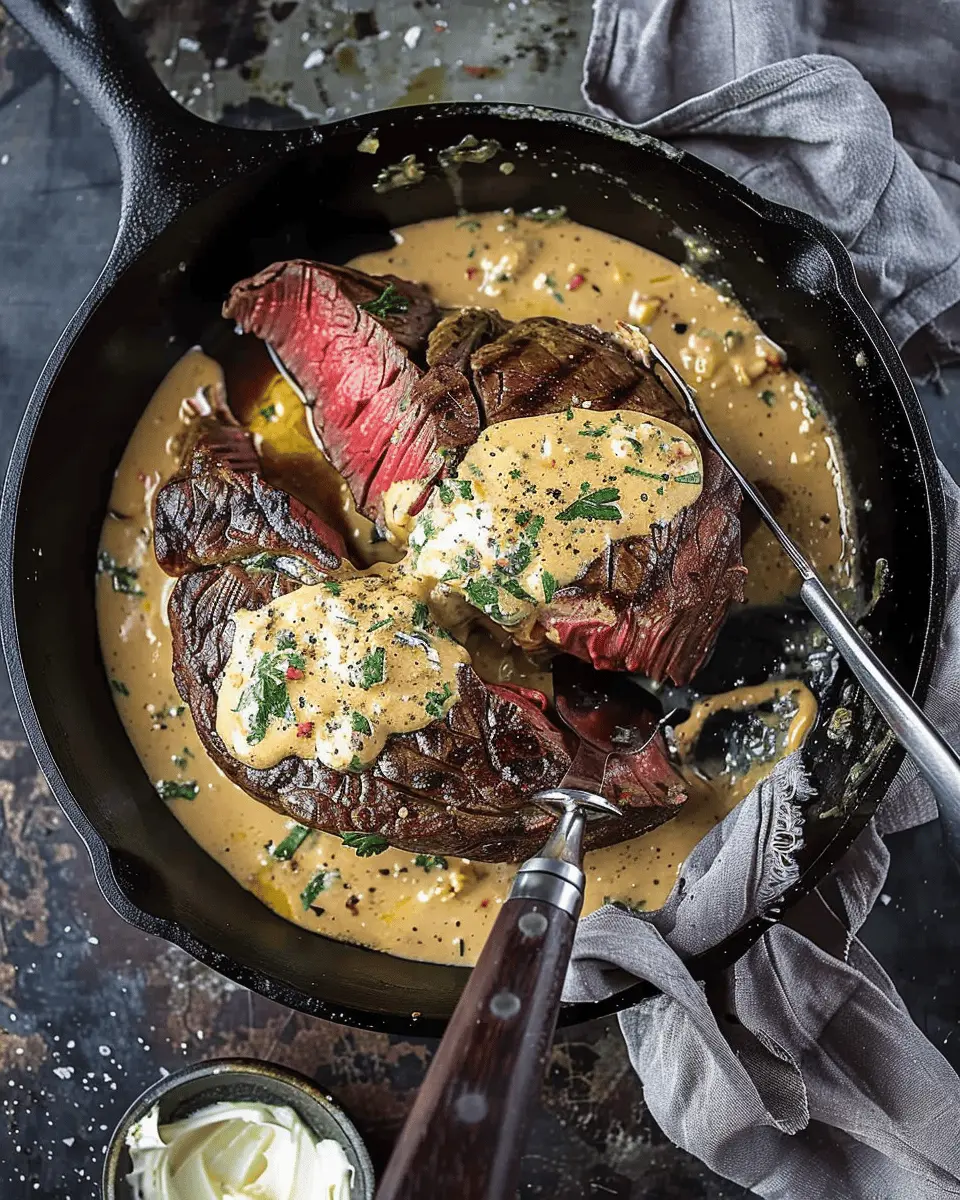
Ingredients for Cast Iron Bavette Steak
Essential Ingredients for a Flavorful Steak
Creating a mouthwatering Cast Iron Bavette Steak starts with selecting high-quality ingredients. Here’s what you’ll need:
- Bavette Steak: About 1.5 pounds, trimmed and ready to sear. This cut is packed with flavor and has a wonderful texture—a real treat!
- Salt and Black Pepper: Simple seasonings that enhance the natural flavor of the steak.
- Olive Oil or Butter: For a perfect sear and to create a rich crust during cooking. Check out Olive Oil Source for tips on picking the best quality oil.
- Fresh Garlic Cloves: Minced or sliced, adding a fragrant touch that complements the steak beautifully.
Optional Add-ins for Extra Flavor
If you’re eager to elevate your Cast Iron Bavette Steak, consider incorporating these optional ingredients:
- Fresh Herbs: Thyme or rosemary can impart a delightful aroma.
- Shallots: These can add a sweet, onion-like flavor when sautéed alongside the steak.
- Chili Flakes: For those who enjoy a bit of heat.
Don’t hesitate to get creative, as these small additions can make your dish unforgettable!
Preparing Cast Iron Bavette Steak
Bavette steak, also known as flank steak, is a cut that offers incredible depth of flavor and a satisfying tenderness, making it a favorite for many steak enthusiasts. When cooked properly, you’ll find this Cast Iron Bavette Steak is not only delicious but also a showstopper at any dinner. Let’s dive into the essential steps to prepare this fascinating cut to perfection.
Selecting the Right Bavette Steak
Choosing the right bavette steak starts at the butcher’s counter. Look for a cut that is deep red in color with a good amount of marbling—this is where the flavor comes from. Marbled fat ensures that your steak remains juicy while cooking. If possible, opt for grass-fed beef; it tends to have a richer flavor profile. And don’t be shy about asking your butcher for recommendations or tips on cooking!
Marinating the Steak
Marinating your bavette steak is crucial for enhancing its flavor and tenderness. A simple marinade can elevate your dish significantly. Here’s a straightforward recipe:
- ¼ cup soy sauce
- 2 tablespoons olive oil
- 2 tablespoons balsamic vinegar
- 4 minced garlic cloves
- Salt and freshly cracked pepper to taste
Combine all ingredients in a bowl, then submerge your steak in the marinade. Allow it to marinate for at least 30 minutes, but up to 4 hours yields better results. Remember, as Chef and BBQ expert Steven Raichlen suggests, marinating not only infuses flavor but also makes your meat more tender (you can find more insights here).
Preheating Your Cast Iron Skillet
A well-prepped cast iron skillet is crucial for achieving that perfect sear on your steak. Start by placing your skillet over medium-high heat. Allow it to heat for about 5 minutes. The skillet should be hot enough that a few drops of water sizzle and evaporate immediately upon contact. Adding a splash of oil—preferably high smoke-point oil like canola or avocado oil—will help you get that beautiful browning.
Cooking the Bavette to Perfection
Once your skillet is ready, remove the steak from the marinade and pat it dry with paper towels—this step ensures a nice crust develops. Season the steak generously with salt and pepper right before cooking.
- Carefully place the steak in your hot skillet and let it sear without moving it for about 4-5 minutes.
- Flip the steak and cook for another 4-5 minutes for medium-rare (aim for an internal temp of 130-135°F). Use a meat thermometer for accuracy.
A cast iron skillet retains heat incredibly well, allowing for a beautiful crust to form. Plan to let your Cast Iron Bavette Steak develop a nice char before you consider flipping it.
Resting and Slicing the Steak
Once your steak reaches the desired doneness, it’s time to let it rest. Transfer it to a cutting board and tent it loosely with aluminum foil. Resting allows the juices to redistribute throughout the meat, ensuring a juicy final product. This can take about 5 minutes.
When slicing, always cut against the grain—this technique will provide more tender bites. Aim for thin strips, then arrange them on a platter. To make it extra special, drizzle your whiskey garlic cream sauce over the top before serving.
Incorporating these steps will not only improve your cooking skills but will also make your Cast Iron Bavette Steak a highlight of any meal. Remember, the journey to a perfect steak is all about selecting quality ingredients and respecting the cooking process. Happy cooking!

Variations on Cast Iron Bavette Steak
When it comes to juicy, flavorful beef, the Cast Iron Bavette Steak is a fantastic choice for home cooks who want to impress without spending hours in the kitchen. If you’re looking to shake things up from the classic whiskey garlic cream sauce, consider these delightful variations that elevate this cut of steak to new heights.
Bavette Steak with Garlic Butter
Why not keep things simple yet indulgent? A Bavette Steak with Garlic Butter is not only easy to prepare but also incredibly flavorful. Here’s how to do it:
- Ingredients: Unsalted butter, fresh garlic, and herbs like thyme or parsley.
- Method: While your steak rests after cooking, melt butter in the same pan, then add minced garlic and herbs. A spoonful of this luscious garlic butter drizzled over your steak creates a rich finishing touch. It’s comfort food at its best and perfect for a cozy dinner at home.
Southwest Spiced Bavette Steak
Add a little flair with a Southwest Spiced Bavette Steak! This recipe is tailored for those who enjoy a kick of heat.
- Ingredients: Chili powder, cumin, paprika, and a touch of cayenne.
- Method: Before searing the steak, generously rub down the surface with this spice mix to build robust flavor. Pair it with a fresh avocado salsa for an extra layer of deliciousness. This vibrant dish brings a bit of summer warmth to your table, making it perfect for any occasion.
Whether you opt for the comforting taste of garlic butter or the bold spices of the Southwest, these variations on the Cast Iron Bavette Steak will surely please your palate and impress your friends. For more ideas and variations, you might check out sources like the Beef Checkoff for great beef cuts and cooking advice. Happy cooking!
Cooking Tips and Notes for Cast Iron Bavette Steak
How to Achieve the Perfect Sear
Getting that ideal sear on your Cast Iron Bavette Steak is essential for flavor. Start with a very hot skillet—think preheating for at least 10 minutes. When you place the steak in the pan, listen for that sizzle; it’s the sound of perfection. Avoid overcrowding the pan, as it can lower the temperature and lead to steaming instead of searing. Use a high smoke point oil, like canola or avocado oil, to withstand the heat without burning. Let the steak cook undisturbed for a few minutes to develop a crust before flipping.
Best Practices for Maintaining Your Cast Iron Skillet
A well-cared-for cast iron skillet can last a lifetime. After cooking your bavette steak, allow the skillet to cool, then clean it with hot water and a stiff brush. Avoid soap—it’s not necessary and can strip seasoning. To re-season, wipe it down with a thin layer of oil after each use. For deeper cleaning, check out this article from the Cast Iron Collector for expert tips on maintaining your beloved cookware. With proper care, your skillet will reward you with delicious meals for years to come!
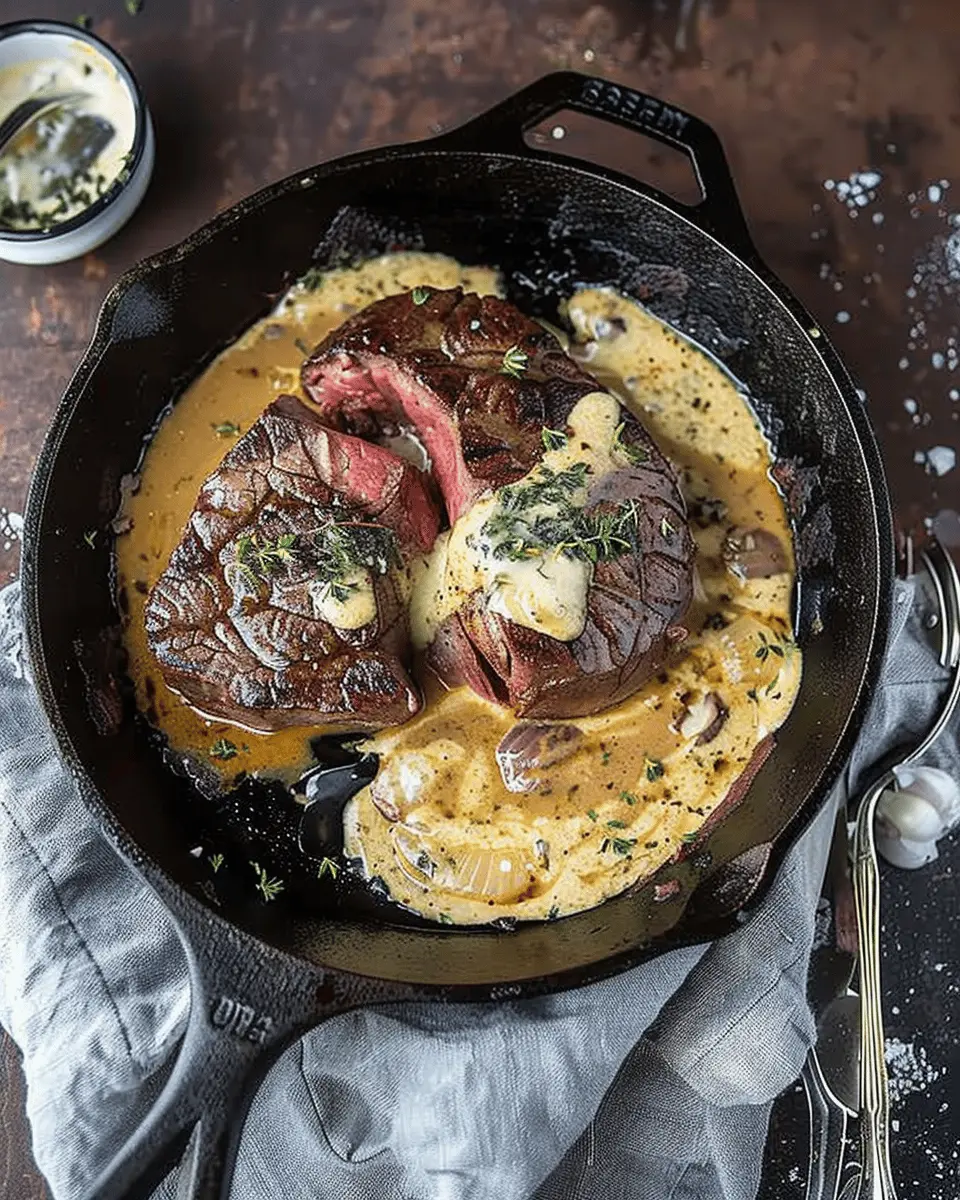
Serving Suggestions for Cast Iron Bavette Steak
Pairing with Sides for a Complete Meal
After savoring your Cast Iron Bavette Steak with Whiskey Garlic Cream Sauce, think about sides that can elevate your meal into a culinary experience. For a well-rounded plate, consider:
- Garlic Mashed Potatoes: Creamy with a subtle garlic flavor, they complement the richness of the sauce perfectly.
- Roasted Vegetables: Seasonal veggies bring brightness and a crunch that balances the tender steak.
- Arugula Salad: A light, peppery salad can cut through the richness while adding a refreshing element.
Feel free to mix and match based on what you have on hand or your taste preferences. You can also explore other delicious side suggestions from sources like Bon Appétit to really personalize your meal.
Creative Uses for Leftover Bavette Steak
If you end up with leftovers, don’t fret! Cast Iron Bavette Steak is versatile. Here are some fun ideas to reinvent your dish:
- Steak Tacos: Slice the steak thinly, add avocado, salsa, and fresh cilantro for a quick and tasty meal.
- Stir-Fry: Toss it with your favorite veggies and a simple soy sauce-based stir-fry for a fast weeknight dinner.
- Steak Sandwich: Layer the meat with creamy cheese and sautéed onions on crusty bread for an indulgent lunch.
Not only will these creative uses save you time, but they’ll also minimize food waste and keep your meals exciting!
Time Breakdown for Cast Iron Bavette Steak
Preparation Time
Getting started with your Cast Iron Bavette Steak doesn’t take long! Spend about 10-15 minutes prepping your ingredients. This includes trimming the steak and mixing up that flavorful whiskey garlic cream sauce. Pro tip: allowing the steak to marinate for about 30 minutes before cooking can really amp up the flavor.
Cooking Time
Once you’re prepped, it’s time to dive into cooking. Searing the steak will take around 5-7 minutes per side, depending on your preferred doneness. Don’t forget to let it rest for about 5 minutes afterward to keep those juices in!
Total Time
In total, you’re looking at about 30-40 minutes from start to finish for this delicious dish. That means you can whip up a restaurant-quality meal right at home in just under an hour! For more tips on cooking times and techniques, check out resources like the American Culinary Federation for expert insights.
Now that you have a clear roadmap, you’re ready to impress your guests with a fantastic Cast Iron Bavette Steak. Happy cooking!
Nutritional Facts for Cast Iron Bavette Steak
When you’re indulging in a Cast Iron Bavette Steak, it’s hard not to savor each bite, but let’s take a moment to appreciate its nutritional perks too.
Calories per Serving
Each serving of this rich steak packs around 300-400 calories, making it a satisfying option for a hearty meal.
Protein Content
One of the most appealing aspects of bavette steak is its protein content, delivering approximately 30-35 grams per serving. This makes it a fantastic choice for anyone looking to fuel their fitness and achieve their protein goals.
Key Nutrients
Beyond just protein, a serving contains essential nutrients, including:
- Iron: Vital for transporting oxygen in the blood.
- Zinc: Important for immune function and metabolism.
- Vitamin B12: Crucial for nerve function and red blood cell formation.
Want to learn more about the benefits of including red meat in your diet? Check out this comprehensive guide from the Academy of Nutrition and Dietetics. Balancing flavor and nutrition has never been so delicious!
FAQs about Cast Iron Bavette Steak
Can I cook Bavette steak on the grill?
Absolutely! Cooking Bavette steak on the grill can give it a lovely smoky flavor and delicious char. Just ensure your grill is preheated to a medium-high temperature. Season the steak with salt and pepper, and grill it for about 4-5 minutes on each side for a medium-rare finish. For more grilling tips, you might want to check out resources like the American Grill Association.
What’s the best way to store leftover steak?
To store leftover Cast Iron Bavette Steak, first, let it cool to room temperature. Wrap it tightly in aluminum foil or plastic wrap and place it in an airtight container. You can store it in the refrigerator for up to three days. If you want to keep it longer, consider freezing it—just make sure to label the package with the date. When you’re ready to eat it, thaw it in the fridge overnight and reheat gently in a skillet or oven.
How do I know when my steak is done?
Determining the doneness of your Bavette steak doesn’t have to be a guessing game. The best method is to use a meat thermometer. Here are some internal temperature guidelines:
- Rare: 125°F
- Medium Rare: 135°F
- Medium: 145°F
- Medium Well: 150°F
- Well Done: 160°F
Alternatively, you can use the touch test—press the steak with your finger; it should feel soft for rare and firmer for well done. The key is to pull it off the heat a little before it reaches the final temperature, as it will continue to cook slightly while resting. For more detailed information on cooking steak, consider checking culinary sources like Serious Eats.
With these tips, you’re now ready to enjoy your flavorful Cast Iron Bavette Steak!
Conclusion on Cast Iron Bavette Steak
Recap of Why to Try This Flavorful Recipe
In wrapping up, the Cast Iron Bavette Steak with its rich, succulent flavors and the creamy whiskey garlic sauce is truly a culinary triumph. This dish is perfect for both weeknight dinners and special gatherings, making it versatile. The simplicity of pan-searing enhances the beef’s natural juices, while the whiskey cream sauce adds a delightful twist.
Imagine impressing your friends with a dish that boasts both elegance and comfort. If you’re eager to elevate your cooking game while enjoying a hearty meal, give this recipe a try. You can find comprehensive tips on proper steak preparation at Serious Eats for even more kitchen confidence. Enjoy your cooking adventure!
PrintCast Iron Bavette Steak: Indulgent Whiskey Garlic Cream Sauce
A delicious recipe for a Cast Iron Bavette Steak topped with a rich Whiskey Garlic Cream Sauce.
- Prep Time: 10 minutes
- Cook Time: 15 minutes
- Total Time: 25 minutes
- Yield: 4 servings 1x
- Category: Dinner
- Method: Pan-Seared
- Cuisine: American
- Diet: Carnivore
Ingredients
- 2 pounds bavette steak
- 2 tablespoons olive oil
- 1 teaspoon salt
- 1 teaspoon black pepper
- 4 cloves garlic, minced
- 1 cup heavy cream
- 1/2 cup whiskey
- 2 tablespoons fresh parsley, chopped
Instructions
- Heat a cast iron skillet over medium-high heat. Add the olive oil.
- Season the bavette steak with salt and black pepper.
- When the oil is hot, add the steak to the skillet. Cook for about 4-5 minutes on each side for medium-rare.
- Remove the steak from the skillet and let it rest.
- In the same skillet, add the minced garlic and sauté for about 1 minute.
- Deglaze the pan with whiskey, scraping up any browned bits.
- Stir in the heavy cream and cook until the sauce thickens.
- Slice the steak and serve it topped with the whiskey garlic cream sauce and parsley.
Notes
- Let the steak rest for 10 minutes before slicing to retain juices.
- Adjust the whiskey amount based on your preference for flavor strength.
Nutrition
- Serving Size: 1 steak
- Calories: 600
- Sugar: 1g
- Sodium: 600mg
- Fat: 40g
- Saturated Fat: 20g
- Unsaturated Fat: 15g
- Trans Fat: 0g
- Carbohydrates: 5g
- Fiber: 0g
- Protein: 50g
- Cholesterol: 150mg
Keywords: Cast Iron Bavette Steak, Whiskey Garlic Cream Sauce, Steak Recipe

